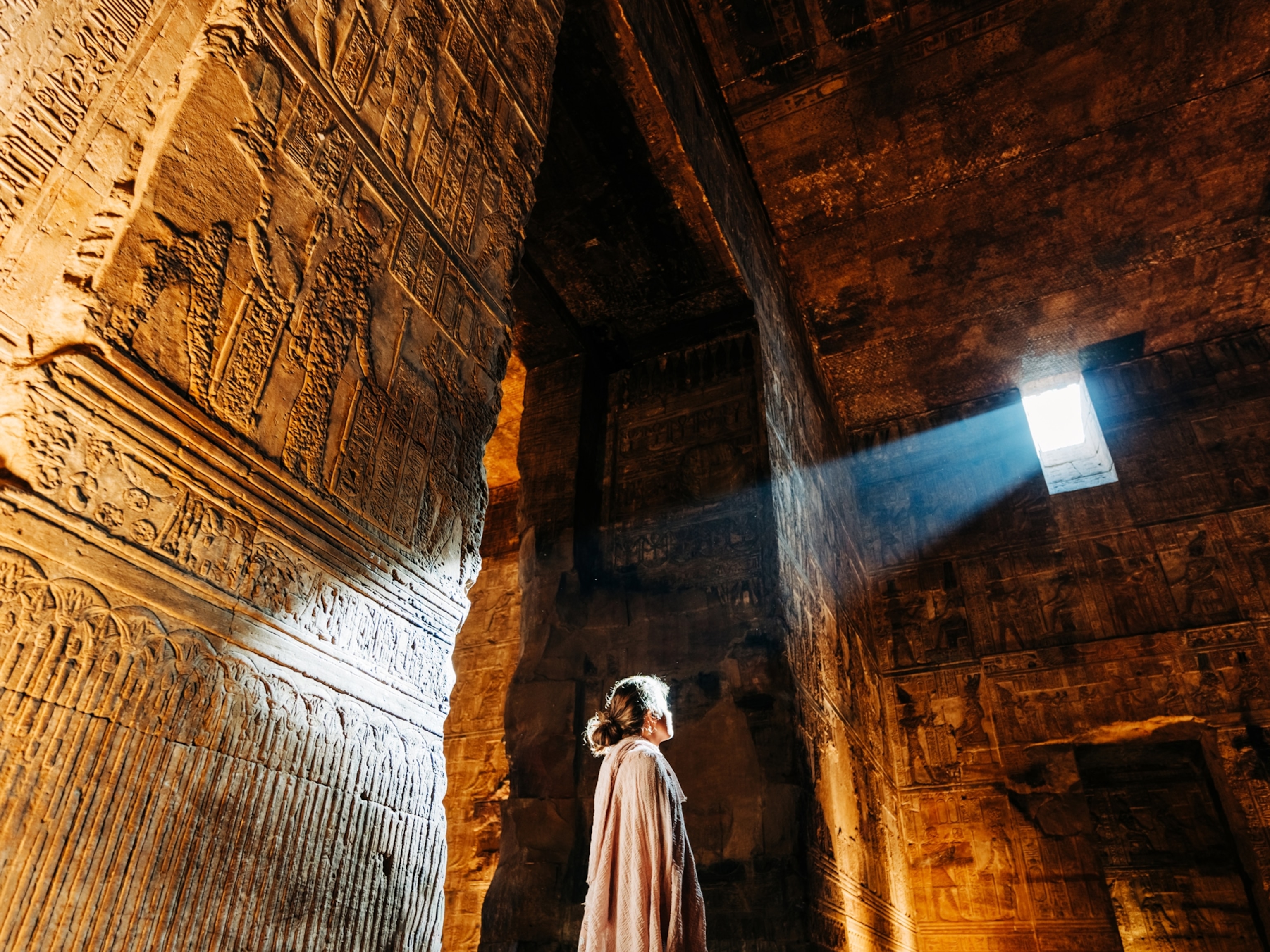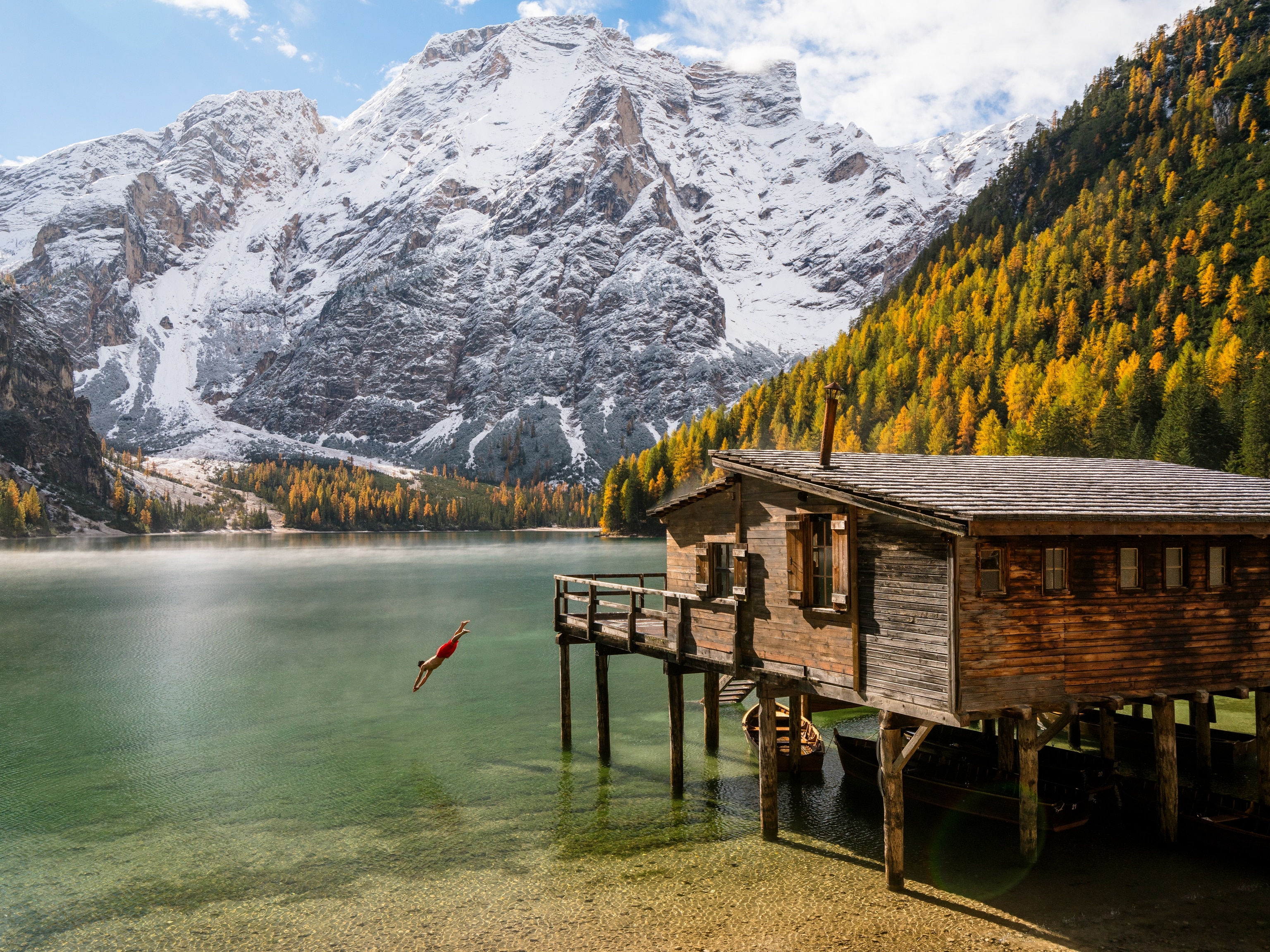What Is UNESCO World Heritage?
From masterpieces of creative genius to beautiful natural landscapes, these sites reveal the most compelling chapters of Earth's history.
Best of the best: That's the lofty standard for making the World Heritage List. Nations lobby hard to get their glorious buildings, wilderness, and historic ruins on the list, a stamp of approval that brings prestige, tourist income, public awareness, and, most important, a commitment to save the irreplaceable.
In November 1972 the United Nations Educational, Scientific and Cultural Organization (UNESCO) inaugurated the list by adopting a treaty known as the World Heritage Convention. Its continuing goal is to recruit the world community in identifying cultural and natural properties of "outstanding universal value."
UNESCO officials do not see the list as a mere trophy case of superlative places. World Heritage status commits the home nation to protect the designated location. And if a site—through natural disaster, war, pollution, or lack of funds—begins to lose its value, nations that have signed the treaty must assist, if possible, in emergency aid campaigns. As of January 2017, 193 of the world's nations have signed the treaty.
The World Heritage program has scored high-profile successes. It exerted pressure to halt a highway near Egypt's Giza Pyramids, block a salt mine at a gray whale nursery in Mexico, and cancel a dam proposal above Africa's Victoria Falls. Its funds, provided by dues from the treaty's signers, have hired park rangers, bought parkland, built visitor centers, and restored temples. It relies on persuasive powers more than legal threats, but over a period of nearly five decades, the World Heritage initiative has quietly become a force for appreciating and safeguarding the world's special places.
As of 2018, there were 1,073 properties on the World Heritage list: 832 of cultural significance, 206 of natural significance, and 35 of mixed value. For sites in urgent need of safegaurding, Article 11.4 of the 1972 UNESCO convention established the List of World Heritage in Danger to recognize sites under threat from urban and tourism development, armed conflict, natural disasters, and abandonment. As of 2018, 54 sites are listed in danger.
- National Geographic Expeditions































